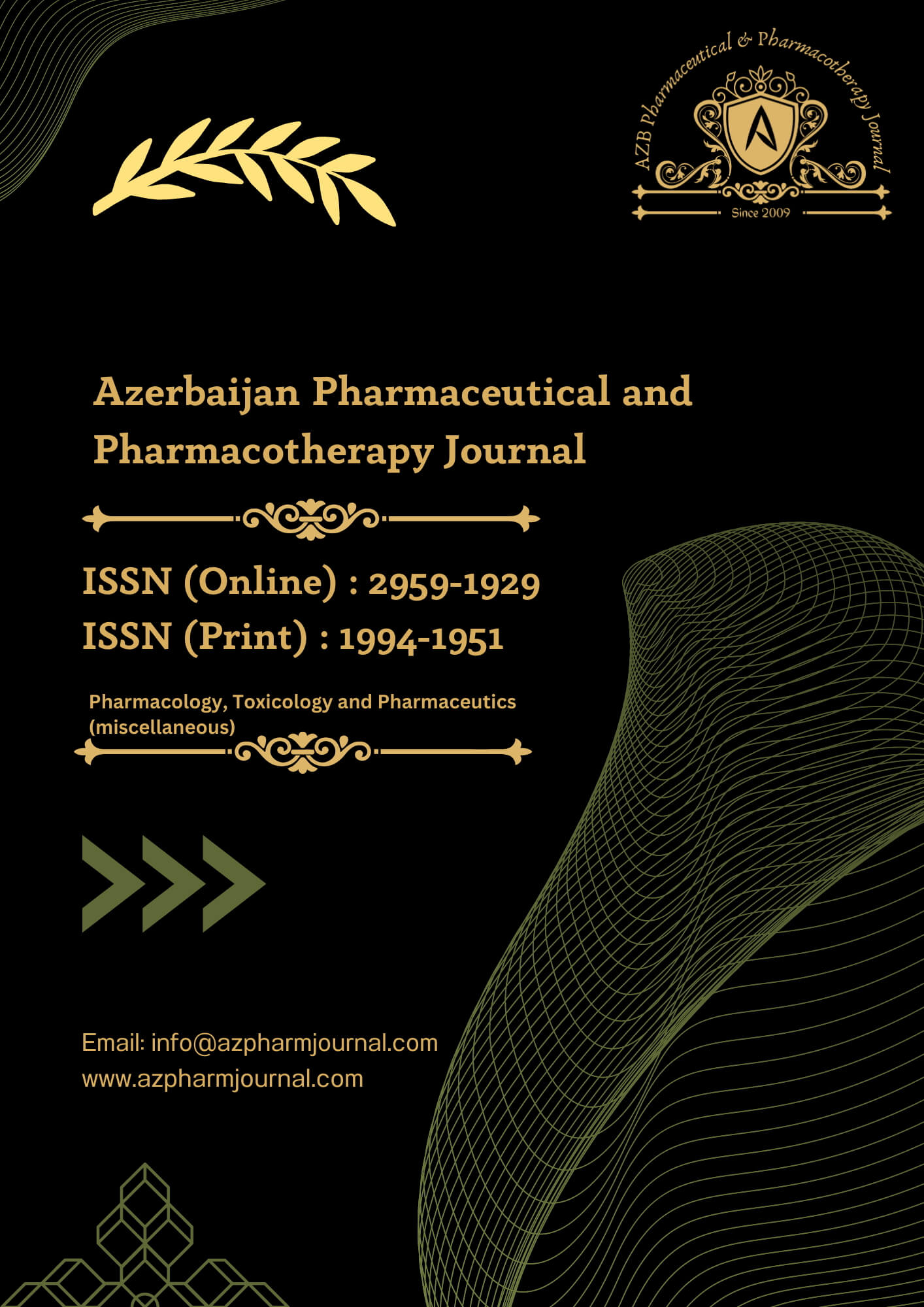2. Materials and Methods
Experimental Animals
After three weeks of acclimatization, male Sprague-Dawley (SD) rats were divided into four groups:
- Sham group: Rats underwent general anesthesia without bilateral renal artery occlusion [2].
- Control group (ischemic-reperfused): Bilateral renal ischemia was induced by clamping renal pedicles for 30 minutes, followed by 1 hour of reperfusion without drug treatment [2].
- Vehicle group: Rats underwent the same surgical procedure as the control group but received the vehicle of drugs, NaCl, intraperitoneally (i.p) 30 minutes before ischemia [12].
- Etanercept group: Rats underwent the surgical procedure of the control group along with the administration of Etanercept at 50 mg/kg intraperitoneally (i.p) 30 minutes before ischemia [13].
At the end of reperfusion, the animals were euthanized via decapitation under general anesthesia, and brains were isolated for analysis [14, 15].
Preparation of Drugs
Etanercept was dissolved in 0.9% normal saline and administered at a dose of 50 mg/kg i.p. 30 minutes before ischemia. Etanercept was prepared immediately before injection [12].
Induction of Global Brain Ischemia
General anesthesia was induced with intraperitoneal administration of ketamine (80-100 mg/kg) and xylazine (8-10 mg/kg). Bilateral renal ischemia was induced by clamping renal pedicles for 30 minutes, followed by 1 hour of reperfusion to induce global renal ischemia/reperfusion injury [18, 19].
After 1 hour of reperfusion, rats were euthanized, and kidney samples were collected for subsequent analysis [4, 20].
Histopathology
After reperfusion, renal tissues were embedded in a paraffin block, fixed in 10% formalin, and sectioned into 5 \(\mu\)m-thick slices. These sections were stained with hematoxylin-eosin (H&E), and subsequently examined under a microscope by a pathologist. The pathological scoring scale used in this study is as follows: [19] Normal (0): Absence of edema, RBCs, and eosinophilic neurons. Slight (1): Presence of edema or eosinophilic neurons. Moderate (2): Presence of edema, eosinophilic neuronal population, and a minor RBC population. Severe (3): Presence of necrosis, edema, eosinophilic neurons, and RBCs.
SEM Study
The morphological structure of the formulated cefdinir-loaded FMWCNT (F-CEF FMWCNT and FMWCNTs) was studied using scanning electron microscopy (SEM). Samples were prepared and analyzed using an SEM (JEOL, JSM-6360A, Tokyo, Japan) operating at a 10 kV acceleration voltage [19].
Measurement of TLR2 and TLR4 Levels, HO-1 via Immunohistochemistry
Tissues collected from both untreated and treated groups were subjected to cell counting using TLR2 and TLR4 antibodies based on the manufacturer’s protocol. The immunohistopathological scoring scale was calculated using the following equation [21, 22, 23, 24, 25].
